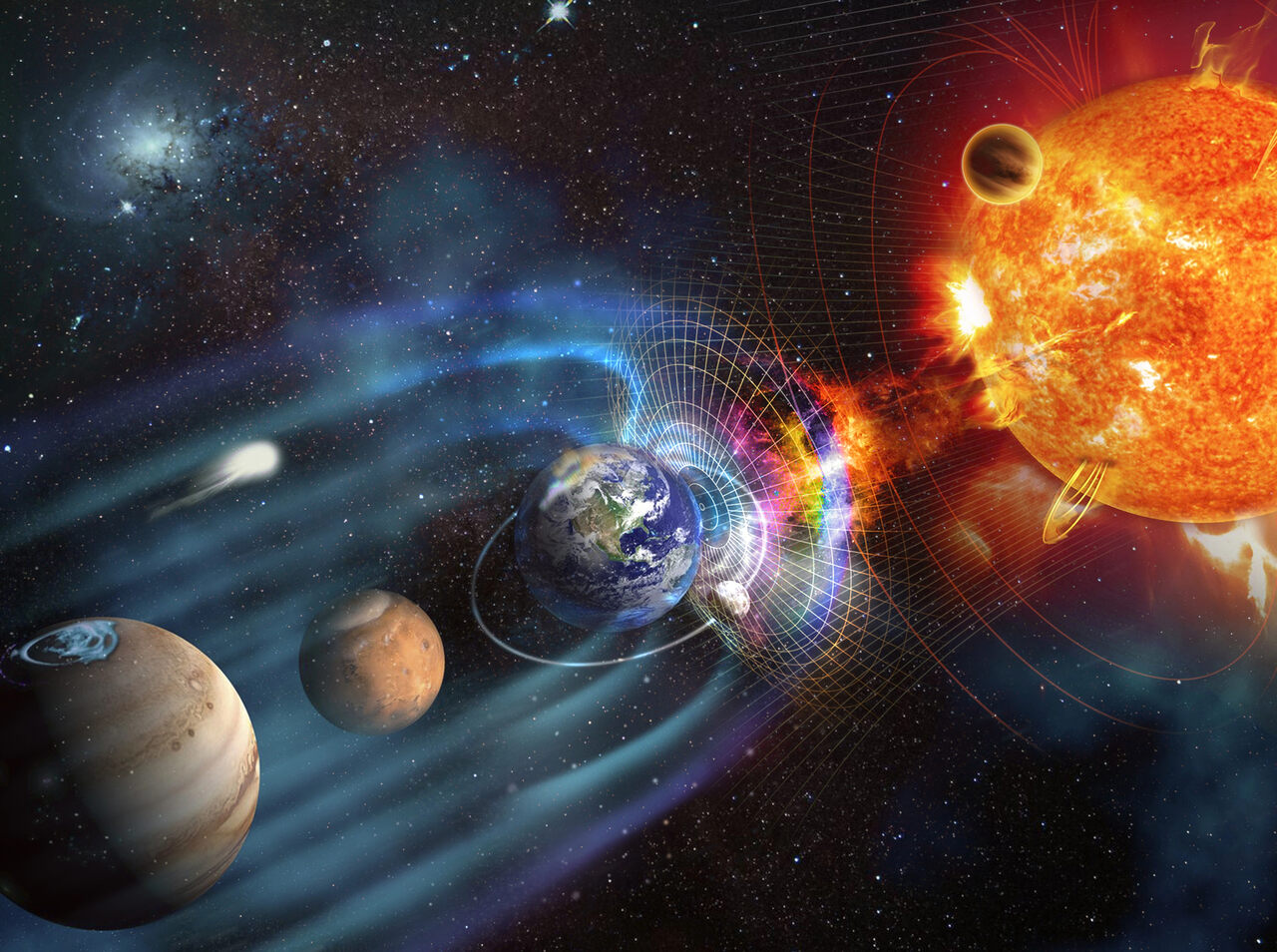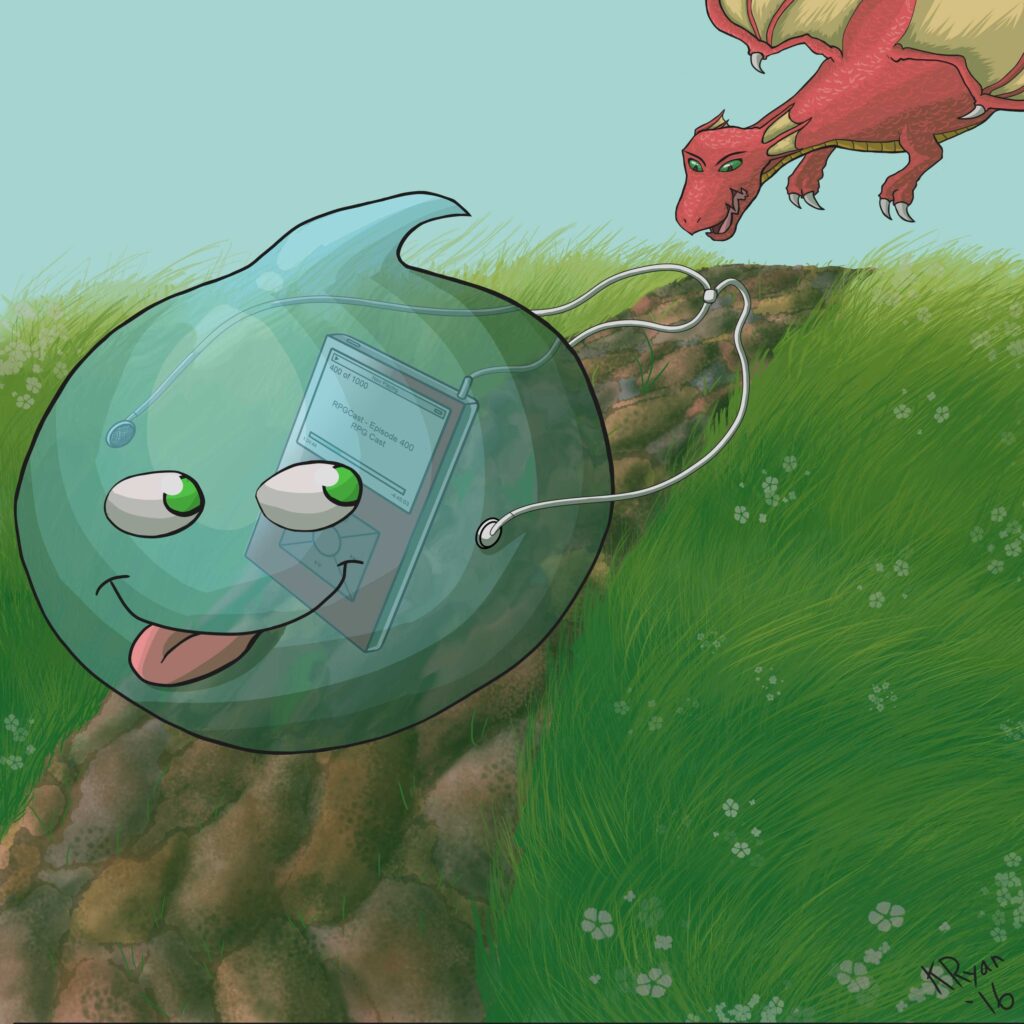Although the Sun’s demiseturning into a red giantis expected in about 5 billion years, the fate of the solar system could be far more uncertain in the meantime than previously thought. A new study suggests that passing stars could significantly disrupt the orbits of planets, potentially leading to Earth being flung out of the solar system.
Simulations conducted by Nathan Kaib (Planetary Science Institute) and Sean Raymond (University of Bordeaux) analysed scenarios in which other stars pass near the Sun over the coming billions of years. As ScienceNews reports , the researchers found that, on average, 19 stars pass within one parsec (3.26 light-years) of the Sun every million years, closer than our nearest star, Proxima Centauri, which is 4.25 light-years away.
Earth could be ejected from the Solar System: But not anytime soon
These close encounters can cause significant disturbances. Mercury is particularly vulnerable to instability due to its already elongated orbit and the gravitational influence of Jupiter. According to the study , a passing star could provide enough gravitational momentum to throw Mercurys orbit into chaos, sparking a domino effect across the inner solar system.
Under such scenarios, Mercury frequently crashes into the Sun or Venus, setting off cascading changes that alter the orbits of Venus, Mars, or even Jupiter. For Earth, this could end in one of three catastrophic outcomes: a collision with another planet, a crash into the Sun, or being ejected into deep space, far from any source of heat or light.
The researchers estimate the likelihood of such an event at 0.2 percentor 1 in 500. Thats significantly higher than earlier models suggested, largely because previous simulations tended to overlook the long-term effects of stellar flybys. According to IFLScience , Mars faces an even higher risk at 0.3 percent. Pluto, once considered relatively safe due to its orbital resonance with Neptune, has an estimated 4 to 5 percent chance of either leaving the solar system altogether or crashing into a gas giant.
The solar systems current stability is partly due to the lack of anticipated close stellar encounters. The most dangerous stars are those that approach within 100 astronomical units and move slowly, allowing their gravitational pull to disturb planetary orbits for longer periods.
In other words, most threats to the solar systems stability come not from within, but from outsidein the vast interstellar realm. The good news? These risks, while real, remain extremely lowat least for the next few hundred million years.
Read more news about space
Read also:
This is how Elon Musks rocket shone in the sky over Hungary details and VIDEO
Hungarians in Space visitor centre opens in Budapest
https://dailynewshungary.com/earth-ejected-solar-system-study/





